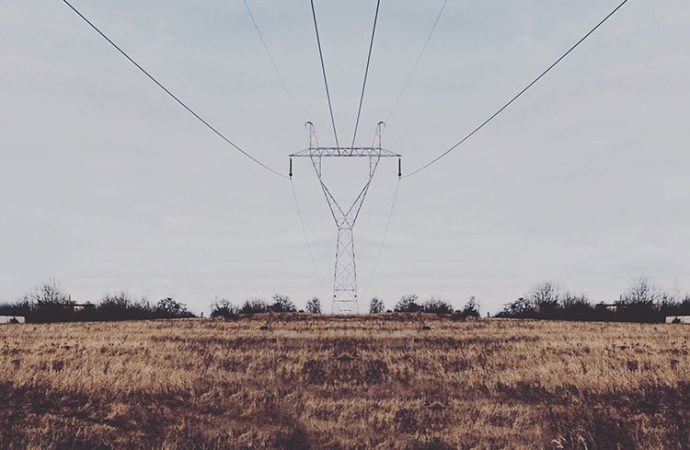Author Recent Posts Hadia Naheed Khan Latest posts by Hadia Naheed Khan (see all) Energy crisis in Pakistan – February 13, 2023 India Sponsored Terrorism in Pakistan: A Historic Overview – February 13, 2023 Understanding Laws Related to Smog – December 21, 2022
The world is dealing with energy shortage which has sent shock waves from Europe to Asia. Pakistan is an energy starved country whose power sector is in crisis due to the country’s growing demand in the past few decades. Pakistan is now reliant on expensive imported energy resources like gas and oil. The Asian Development Bank published a white paper in 2019 listing Pakistan among the most energy starved countries. Along with Pakistan, there are various countries worldwide including the developed ones that were termed energy insecure.
The crisis is expected to worsen due to the extreme pressure on European and gulf countries arising out of the Russia Ukraine War. The current bleak state of affairs suggests that the current electricity shortfall in Pakistan is about 7,500 megawatts resulting in long hours of load-shedding and power outages. This means that the contemporary supply is set at 18,000 megawatts and the desired delivery is more than 25,000-25,500MW. Furthermore, due to the dependence on imported oil, Pakistan’s electricity cost doubled in the last nine months which now stands at 15 billion USD.
The industrial sector has been severely damaged due to the energy crisis. The manufacturing processes of several major and small-scale industries have been stifled. Due to continuous energy constraints, the supply of gas and electricity to Pakistan’s industrial sector remains uncertain. Moreover, Pakistan is experiencing an acute financial upheaval, with energy imports being hampered by means of rampant inflation, a depreciating rupee, and shrinking foreign exchange reserves. Country’s textile sector remains the most impacted due to energy crisis.
According to government figures, the home sector’s demand for energy increased this season due to heatwaves, causing scarcity of about 7,000 megawatts—or one-5th of Pakistan’s generation capacity. Pakistan’s important textile sector, which sells everything from denim to mattress linen to the markets in the US and Europe and makes up the majority of the country’s exports, has been adversely impacted by the energy shortfall. According to Qasim Malik, Vice Chairman of the Sialkot Chamber of Commerce, the textile sector is in a situation of emergency.
For Pakistan’s energy sector to be supported, it requires reliable investment and tax reforms. Then Pakistani entrepreneurs have a golden chance to come up with smart ideas to address the energy insecurity problem of Pakistan. They should mobilize land, labor and capital primarily based on the studies by policy experts to invest within the production of inexperienced technologies that will be used locally as well as the world over.
The government of Pakistan is quickly coming up with a countrywide Innovation Fund of Rs. 100 Billion according to unofficial resources of the planning commission of Pakistan. The Innovation Fund will aim to provide financial subsistence to innovative entrepreneurial thoughts that can contribute to the economic development of Pakistan. So, young graduates and businesses have a brilliant opportunity to create and pitch for green technology. They should come up with specific, efficient, and cost-effective thoughts for such a remarkable opportunity.
It is a golden chance for local and overseas investors as well to invest in Pakistan’s Renewable electricity program for which the authorities of Pakistan have given an alternative and Renewable energy policy in 2019. The file is the updated model of the RE policy for development of power generation 2006. Furthermore, importing clean coal, which is frequently less high priced than imported oil and gas, will allow Pakistan to first diversify its energy mix.
To reduce its dependency on conventional energy sources, Pakistan needs to decrease the demand for the grid station. It can do so by means of converting small-scale companies to solar power and making them self-sufficient. cattle farming desires to be relocated across the country. with the intention to reduce their reliance on the national grid, other resources like the use of windmills should be taken under consideration.
The public sector of Pakistan must make renewable energy a priority. The government of Pakistan should collaborate with countries like China that are technologically superior and use this as an opportunity to enhance bilateral relationships with them. Along with this, the authorities should subsidize the renewable energy industry and promote public-private cooperation to bring Pakistan out of the electricity disaster.
The world is changing rapidly. Every process is automated to save time and simultaneously speed up the production mechanisms. Without energy security, keeping up with the world will not be possible. If we strive to become competent and develop Pakistan as a modern country, we must timely adopt renewable energy methods to supplement our energy needs.Due to the dynamics of the global economy, it may seem that in the near future, Pakistan will not experience a drop in the energy issue. However, it is the responsibility of the political leaders and the stakeholders of Pakistan to minimize this energy crisis and find a solution to it. It’s important to keep in mind that being optimistic will help you manage any degree of crisis. We all should do what’s in our control to strengthen our country on all fronts.
- Energy crisis in Pakistan - February 13, 2023
- India Sponsored Terrorism in Pakistan: A Historic Overview - February 13, 2023
- Understanding Laws Related to Smog - December 21, 2022












Leave a Comment
Your email address will not be published. Required fields are marked with *